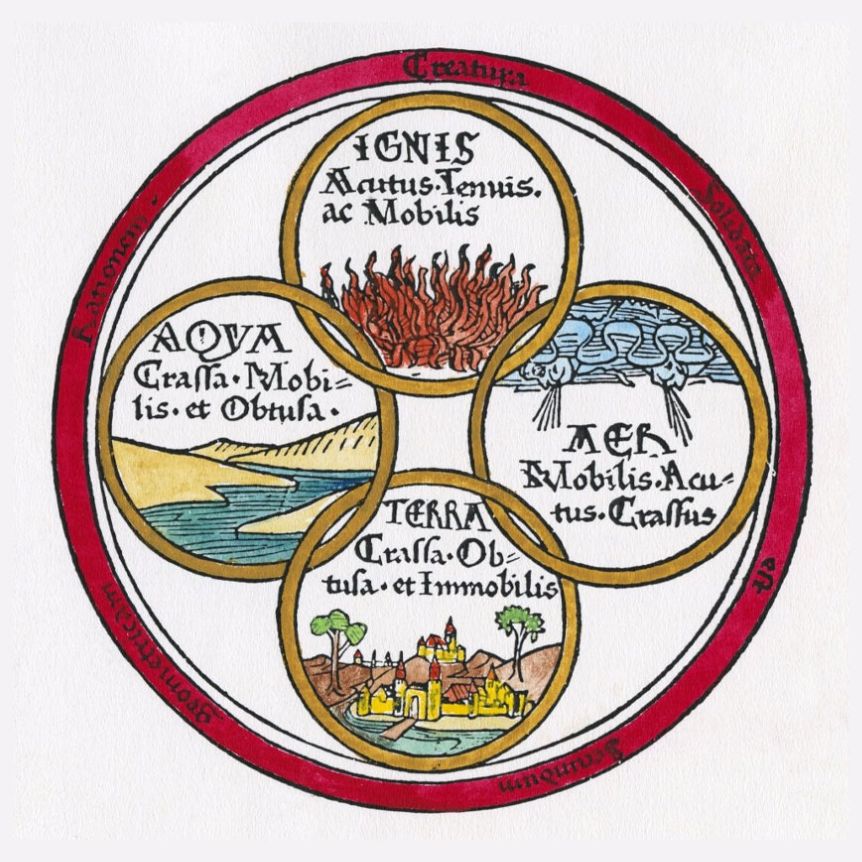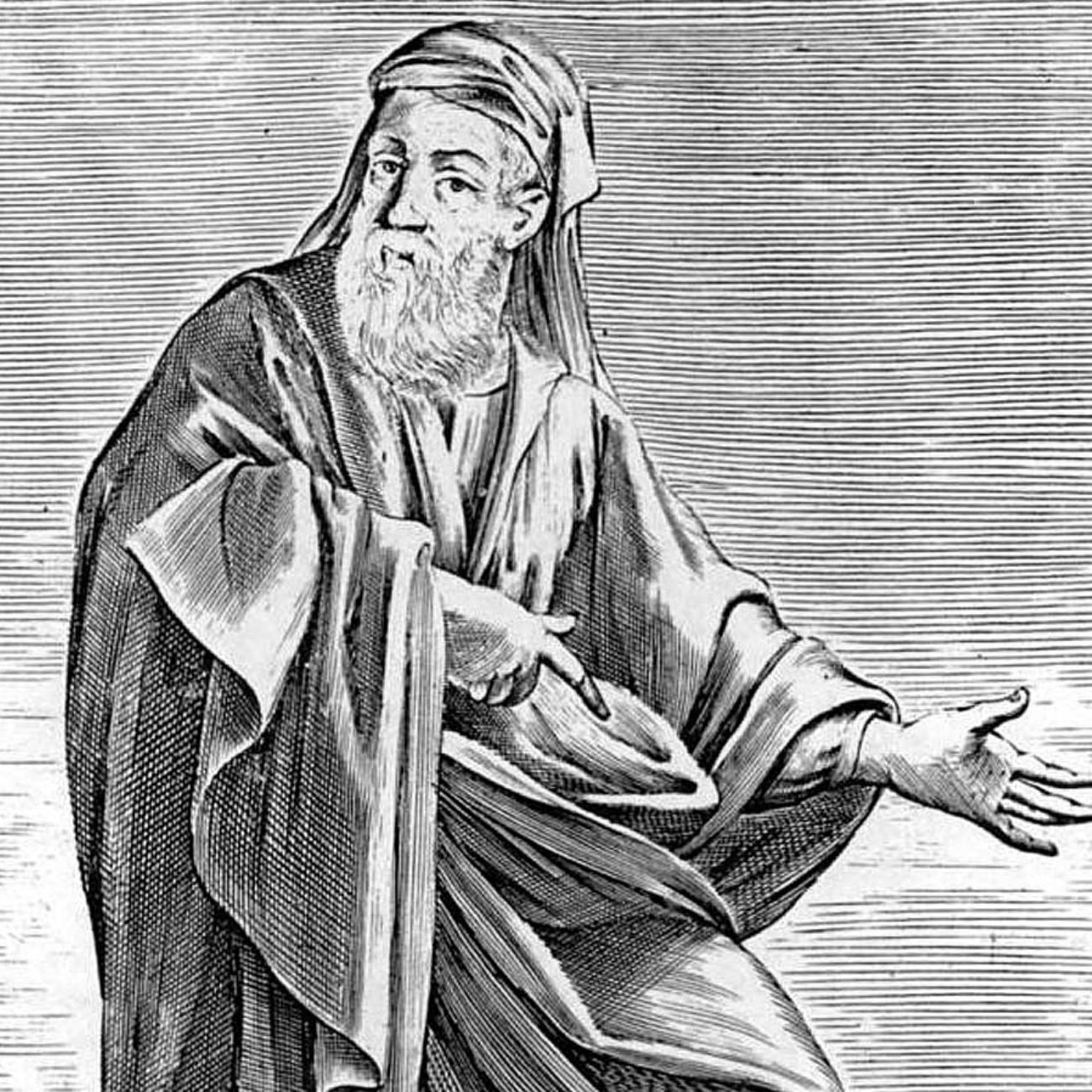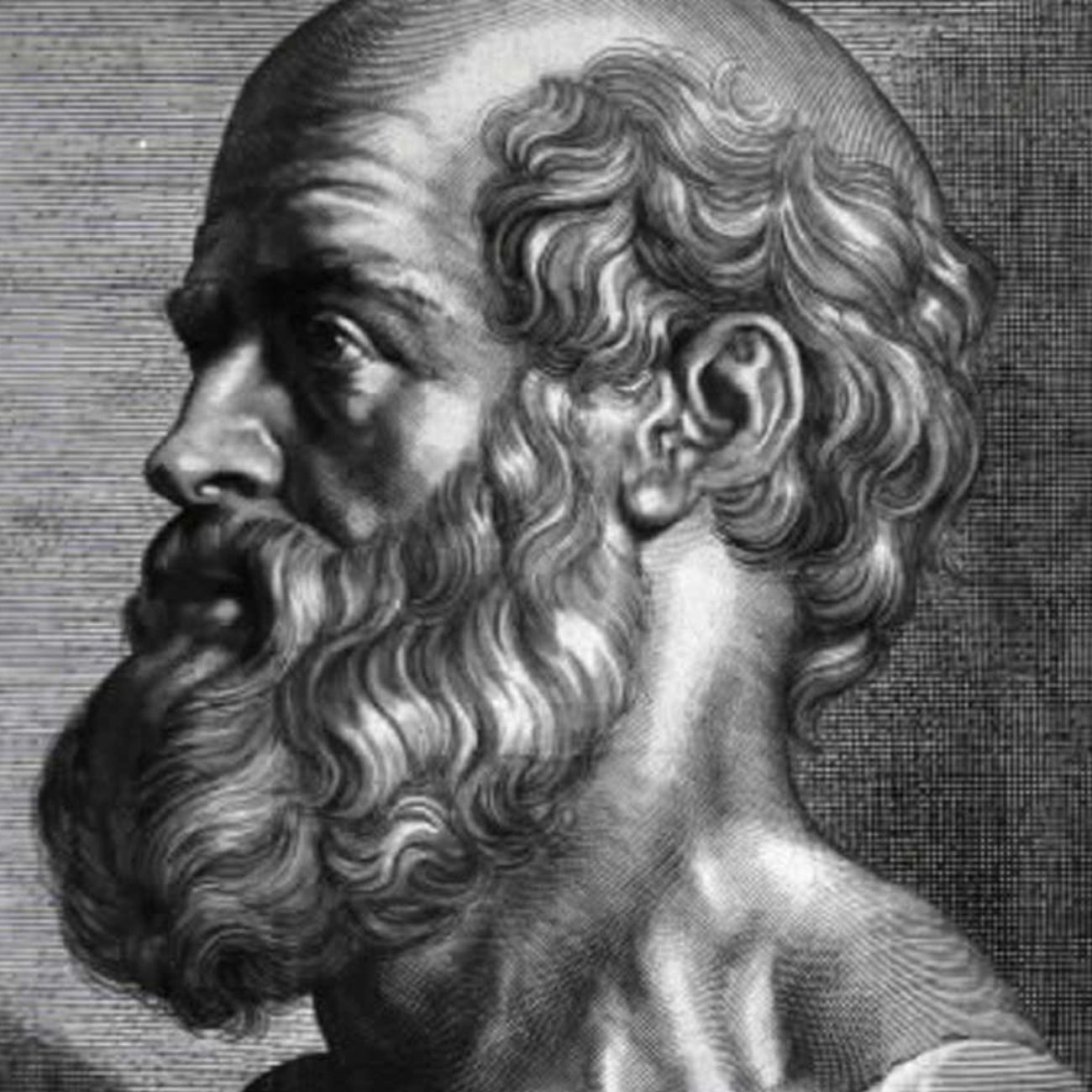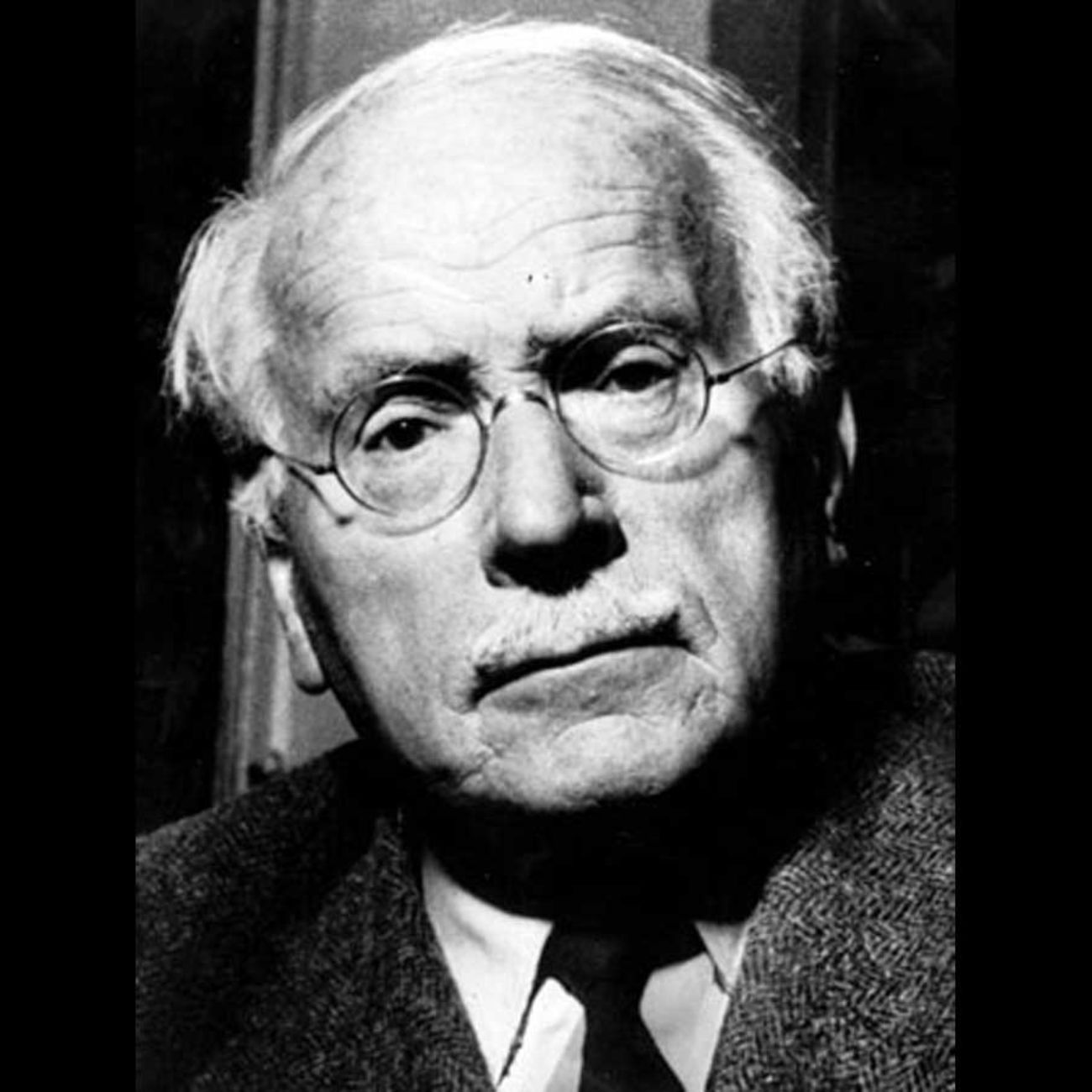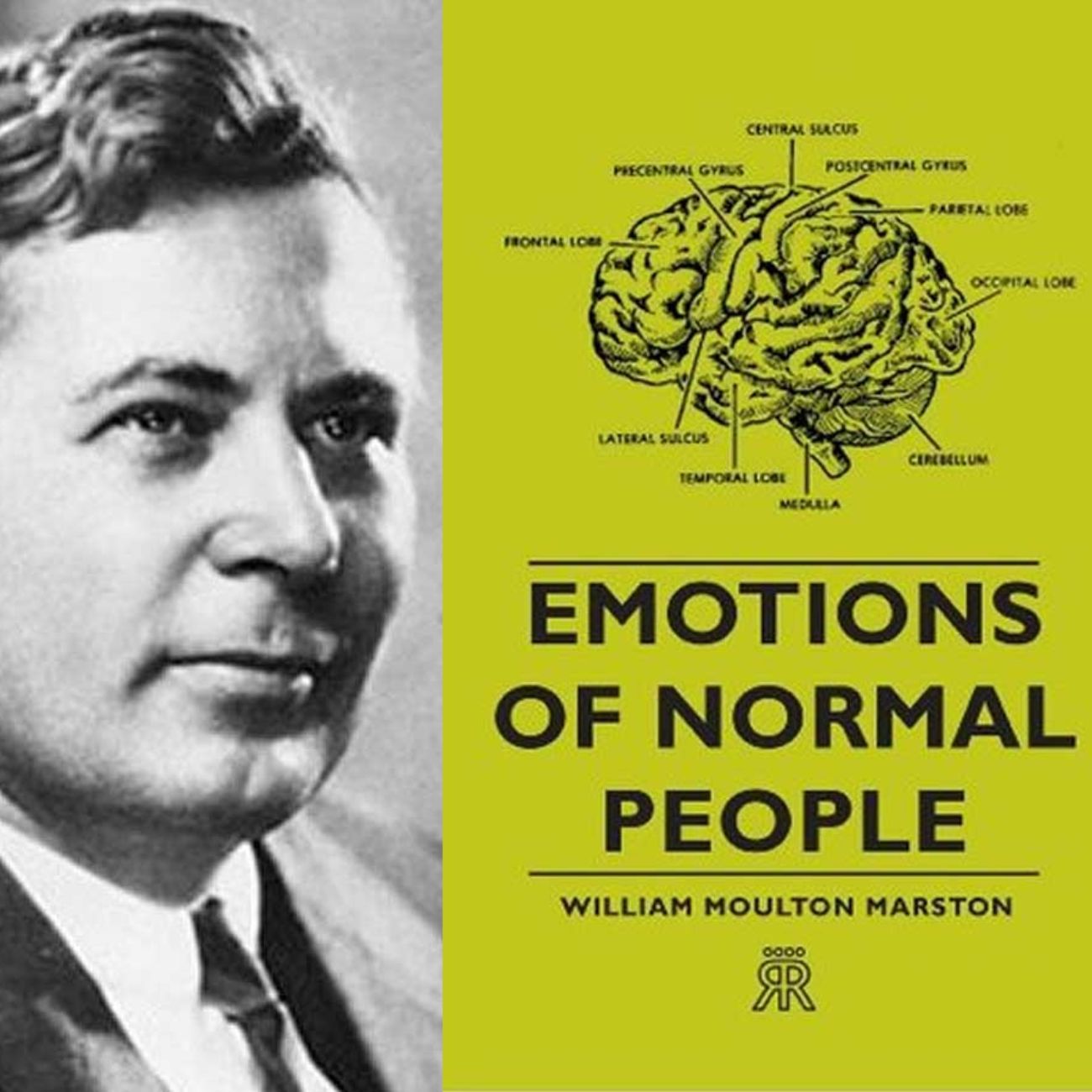History of DISC
Did you know that the modern DISC personality system can be traced back to ancient history? Philosophers throughout time have sought to understand human behavior, consistently identifying four distinct quadrants that have evolved over time.
Overview of DISC

Behavioral Assessment Tool
Four Primary Traits

Communication Styles
“Realize what you really want. It stops you from chasing butterflies and puts you to work digging gold.” – William Marston
Empedocles (444 BC) and The Four Elements
In the rich tapestry of ancient Greek philosophy, pre-Socratic thinkers delved into the essence of human behavior, attributing it to external, environmental elements. Among these early philosophers, Empedocles distinguished himself by proposing the concept of four fundamental “roots” or elements: water, air, fire, and earth.
According to Empedocles, the interplay of these elements not only shaped the physical world but also influenced human temperament and actions. This early exploration laid the groundwork for the enduring fascination with understanding behavioral patterns through distinct categories, a notion that has evolved over the centuries into the modern DISC personality system.
Hippocrates (370 BC) and Galen (190 AD) – The Four Humors
Each humor was associated with specific elements and characterized by distinct behavioral traits. Phlegm, linked to water, represented calmness; Blood, associated with air, manifested as cheerfulness; Yellow Bile, tied to fire, embodied enthusiasm; and Black Bile, rooted in earth, symbolized somberness. The dominance of one humor was believed to determine an individual’s personality type, laying the groundwork for the later development of personality theories like the contemporary DISC system.
Carl Gustav Jung and MBTI (1921)
In his seminal work, “Psychological Types,” published in 1921, Jung introduced the concept that individuals possess a “Psychological Type.” According to Jung, people differ in how they perceive the world and make decisions. He identified four fundamental ways in which we experience the world: Sensation, Intuition, Feeling, and Thinking. This groundbreaking work laid the foundation for the Myers Briggs Type Indicator, which later expanded on Jung’s theories to provide a comprehensive framework for understanding and categorizing personality traits.
William Moulton Marston and DISC Personality Test (1928)
Graduating from doctoral studies at Harvard during the emergence of psychology, William Moulton Marston made significant contributions to the field. In his groundbreaking book, Emotions of Normal People, published in 1928, Marston embarked on an exploration of observable “normal” behavior within specific environments. He posited that our personality styles are a blend of innate, internal attributes and external influences from our environment. This dual perspective acknowledges the interplay of internal and external factors shaping our behaviors.
Through extensive observation and analysis, Marston identified four distinct personality styles, each associated with specific, observable behavioral characteristics. These styles, he argued, are indicative of both natural predispositions and the impact of environmental factors on an individual’s behavior.
Get The Power of Personality to Your Inbox
Join to receive regular content on DISC and real-world applications!

